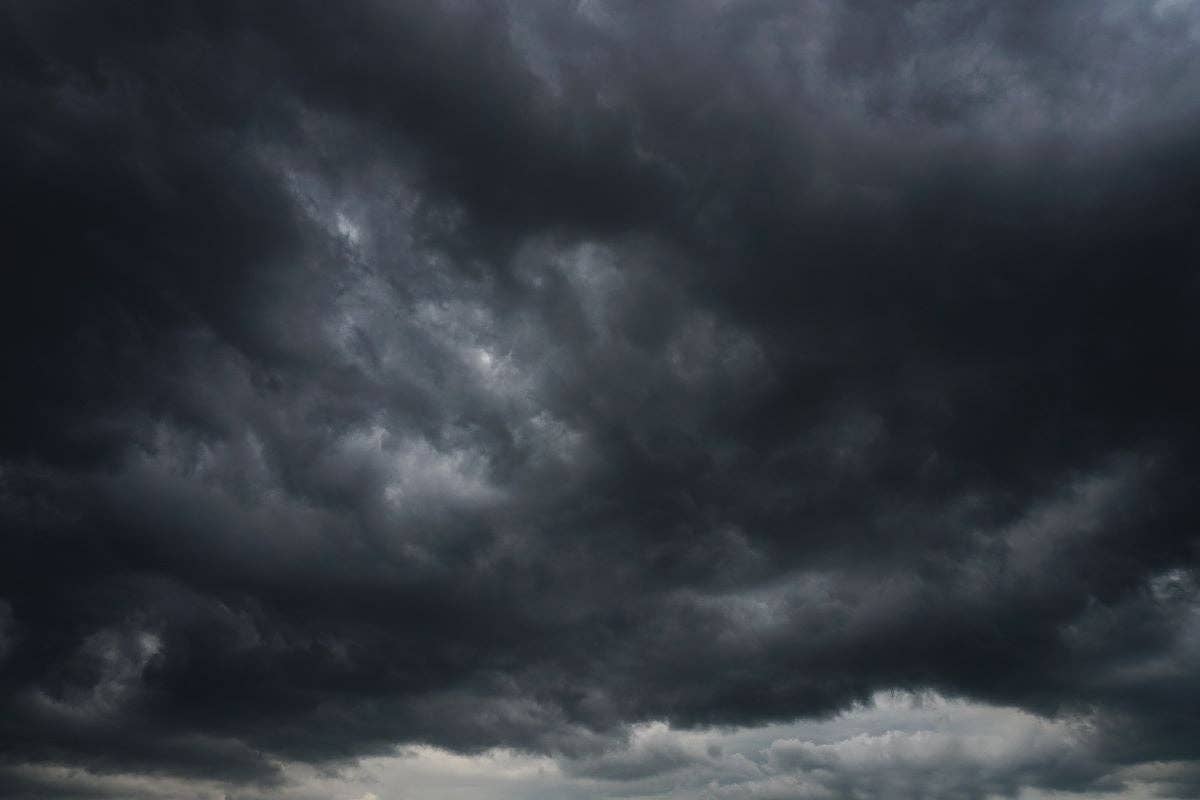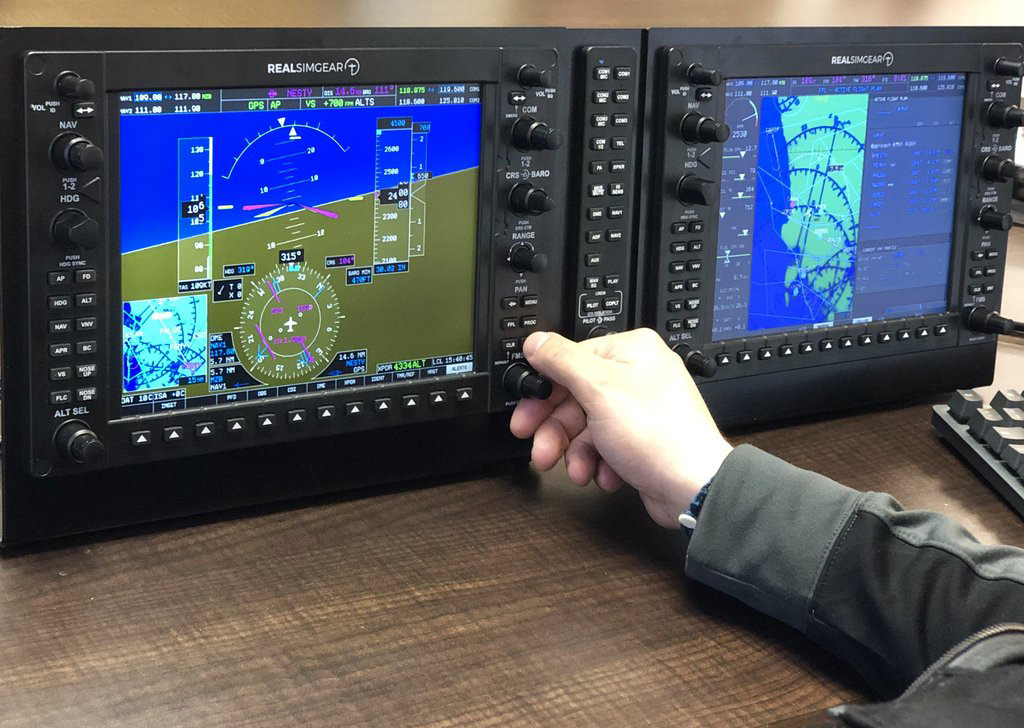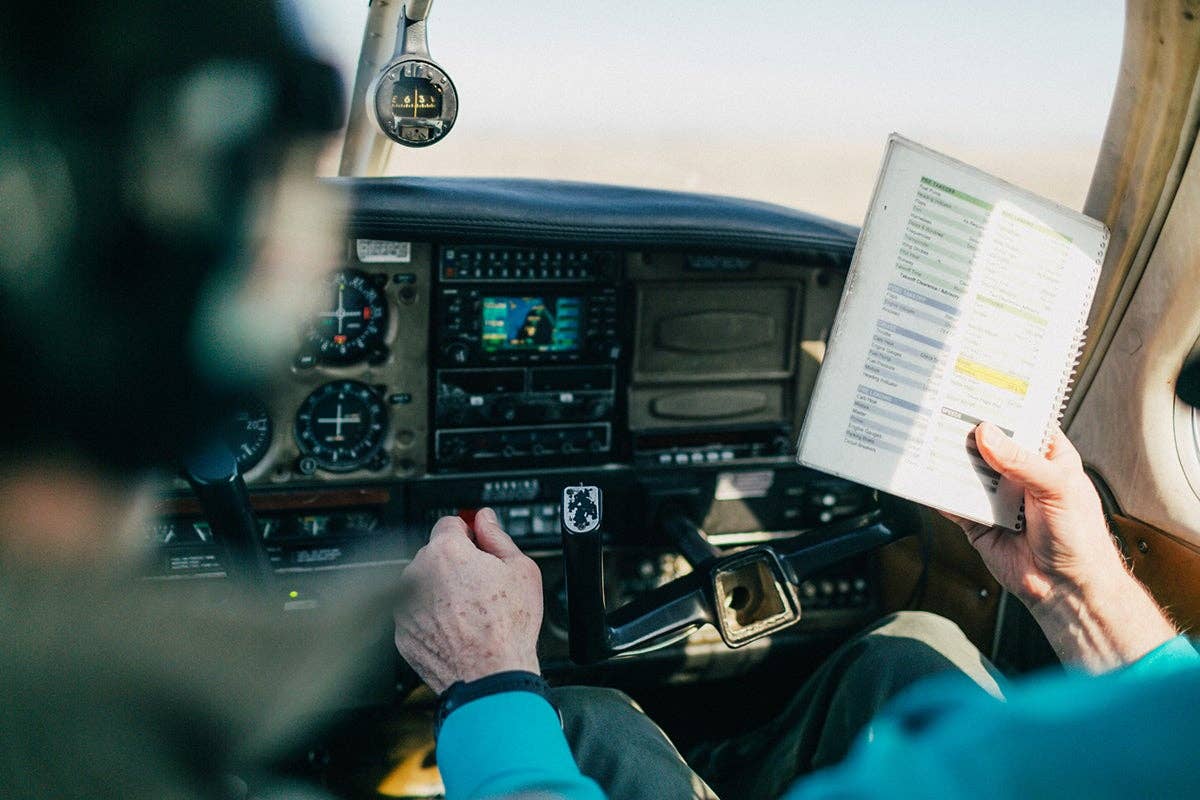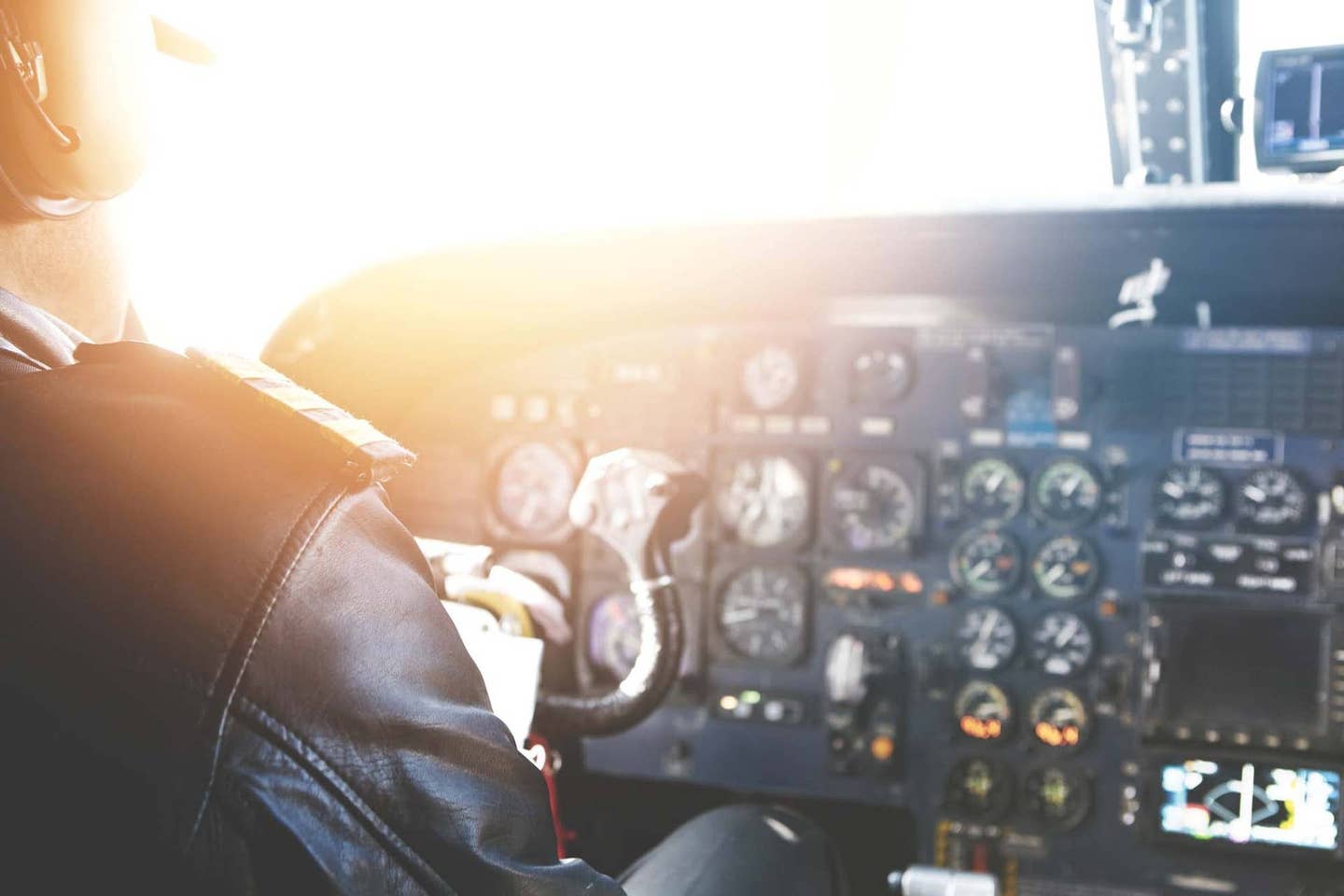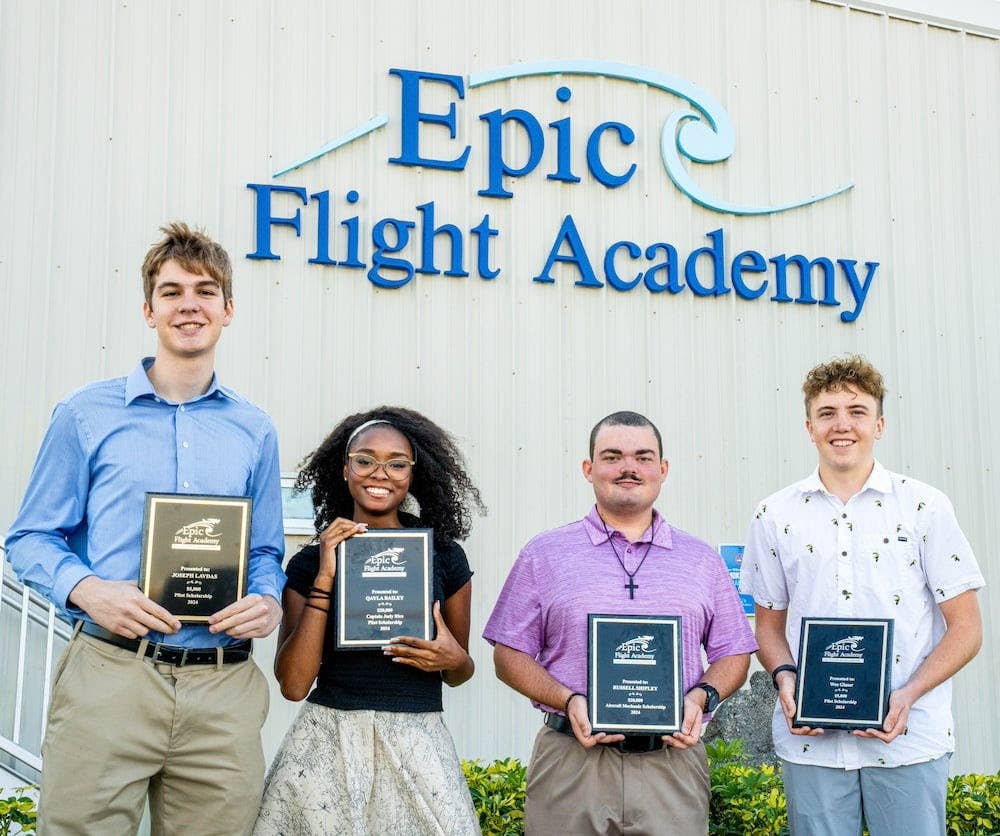
Robert Goyer
Doug Stewart is chairman of the Society of Aviation and Flight Educators. He is a Master CFI, DPE and the 2004 National Flight Instructor of the Year. He has provided more than 10,000 hours of dual instruction specializing in instrument and complex operations (dsflight.com).
The answer to this question is not as simple as one might initially think and is dependent upon several things, all relating to the motivation and commitment to training by the person seeking the certificate. I'll get back to that in just a second.
There is no one who can argue with the validity of the "rule of primacy": The things we learn first are the things that stick! That being said, I personally feel that in a perfect world, all student pilots should spend their early hours, up to soloing, in a Cub or Champ, thus gaining a sound foundation of stick and rudder skills. Then, after gaining confidence and skill soloing for several hours in a low-powered tailwheel airplane, I feel that if they have the desire to move up to a high-performance airplane, it would be feasible, and perhaps desirable, dependent upon the person's reasons for gaining a pilot certificate, to do so.
The key here is the student pilot's motivations. If the ultimate goal for gaining the certificate is for travel/business purposes, then it does make sense. I conducted a practical test for just such a pilot earlier this year. He had obtained the majority of his training in his own Skylane and was a skilled and confident pilot who intended to use his airplane as transportation for his family. His commitment to safety was such that, shortly after gaining his private certificate, he moved on to gain his instrument rating. Now he is getting ready to schedule his commercial practical test with me in the very near future. This is an example of a person who is committed to safety and increasing his pilot skills.
What scares me is the affluent, mega-Type A person who wants to "get there fast," not only to the destination but to the certificate as well. For those who would jump into a 350 hp carbon-fiber slingshot outfitted with equipment to save their butts when their stick and rudder skills can't, gaining all their primary training in said airplane, I suggest extreme caution before doing so.
Ed Comisky has been a full-time flight instructor for 24 years. In 2004, he became one of the first Cessna factory-authorized instructors on the Garmin 1000-equipped airplanes. Most recently, Cessna designated him as an authorized instructor in the Corvalis and Corvalis TT. He owns and operates Flight Training Professionals, a Cessna Pilot Center in Orlando (ftpros.com).
I think it makes sense for a student pilot to learn to fly in a high-performance airplane, if that is the type of airplane that he or she will be flying once certificated. Training in this airplane will enhance the overall safety for the pilot and his or her passengers.
I know some of my colleagues will think you need to start with a less complex airplane, but let's face it: There are many new pilots out there who have the financial means to move up to a high-performance airplane and will do so regardless of their flight experience and their CFI's recommendations. Some instructors will say that insurance companies will not insure these low-time pilots. It has, however, been my experience that insurance companies will insure these pilots with a provision that they get an arbitrary number of flight hours (usually 10 to 25 hours) with an appropriately rated instructor. The insurer does not specify what maneuvers or procedures need to be done, leaving it to the discretion of the flight instructor.
I believe it is better for pilots to complete their private pilot training in a high-performance airplane because they will have to do all of the maneuvers required to pass the FAA practical test standards. They will fly the airplane on local and cross-country flights, in day and night conditions, as well as under the hood. A minimum of 40 hours of flying, along with taking the FAA practical test with a designated pilot examiner in the airplane, is required. I do explain to my customers that completing the private pilot training in a high-performance airplane will result in a higher number of flight hours needed to complete the course. This is higher than the FAA minimum and higher than the national average. I find most of these customers are not concerned with how many hours it will take. They are more focused on being the best and safest pilot they can be. I also encourage them to start their instrument training as soon as they finish the private course.

Sign-up for newsletters & special offers!
Get the latest FLYING stories & special offers delivered directly to your inbox


